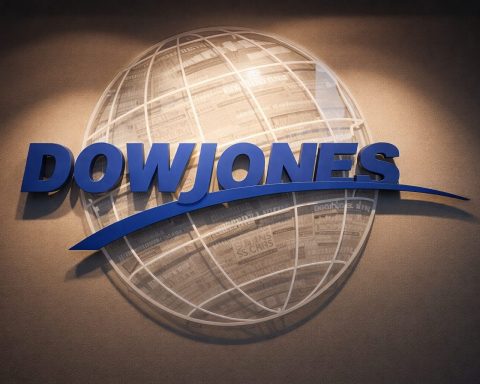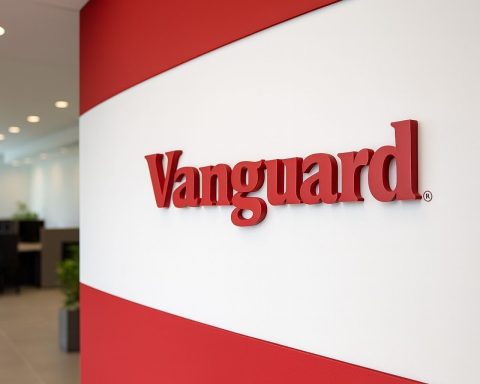- 81% of Gen Xers say inflation threatens their retirement lifestyle, and 70% have cut back on savings because of rising costs [1].
- Only 19% of Gen X feel it’s a good time to invest – the lowest of any generation – and 54% fear another market crash before they retire [2].
- 95% admit past money mistakes “cost real money”: nearly half report losses of $100,000+ from financial regrets [3] [4].
- Experts warn Gen X to diversify: Social Security faces a “never-ending threat” from inflation and demographics [5], so savers should build multiple income streams beyond one 401(k).
- A new book, Retirement Bites, details “the many ways Gen X got squeezed” and offers concrete steps for this generation to regain financial control [6] [7].
A Generation Wary of Retirement
Recent studies paint a stark picture of Gen X’s finances. According to an Allianz Life consumer survey, 81% of Gen X worry they won’t be able to afford their desired retirement lifestyle due to higher living costs [8]. About 70% say inflation has forced them to cut retirement contributions [9]. Only 19% believe now is a good time to invest, down from 30% just last quarter – the lowest optimism of any generation [10]. Allianz’s Kelly LaVigne (VP of consumer insights) warns: “As Gen X approaches retirement, it is time for them to get serious about what they would like their life to look like after leaving the workforce and how they can achieve it… What’s key is that in that fragile decade it’s more important to help mitigate against the risk of loss than to have the potential to realize large gains” [11].
Behind the anxiety are hard numbers. A new CFP Board survey finds that 95% of Gen Xers admit past financial regrets “have cost them real money” [12]. Nearly half (48%) estimate those mistakes have set them back at least $100,000, and 13% report losses over $500,000 [13]. Only 37% of Gen X feel satisfied with their current retirement savings, underscoring widespread unease [14]. CFP CEO Kevin Keller sums it up: “Gen X shows how early money choices echo for decades,” and their regrets emphasize the value of starting young and seeking professional advice [15].
Inflation and Savings: The Squeeze on Nest Eggs
Generation Xers have already weathered multiple economic storms – the dot-com bust, the Great Recession and COVID market upheaval – and now face an inflation squeeze just as many reach their peak earning years. As the Allianz data shows, 7 in 10 Gen Xers say inflation has cut into their ability to save [16]. This matches other findings: surveys report that nearly 8 in 10 Gen Xers worry about inflation impacting their savings and retirement plans. With housing, healthcare and college costs all climbing, many Gen X savers feel they are constantly catching up.
The impact is tangible. LaVigne notes that Gen X is entering “a critical time before retiring when savings rates often increase and market volatility can pose the greatest risk” [17]. Because of inflation, everyday expenses have jumped: 81% of Gen X say the rising cost of living forces them to curtail their retirement lifestyle [18]. Meanwhile, many have already scaled back 401(k) or IRA contributions just to keep up with essentials. In short, the financial “gift” they expect in retirement seems farther out of reach every year.
Social Security: A Make-or-Break Decision
A looming concern for Gen X is Social Security. The current middle-aged cohort is the first generation to enter retirement with a real possibility that benefit levels may be cut or the full retirement age raised. Experts stress that Gen Xers must carefully time their Social Security claims. Fidelity Investments notes that you can claim benefits anywhere between ages 62 and 70, and each year you delay increases your monthly check [19]. In fact, waiting until 70 yields roughly double the monthly benefit of claiming at 62 – although you must live longer to break even.
Given uncertainties, financial pros counsel a cautious approach. Matthew Calme, a CFP and wealth advisor, reminds us that Social Security “was never designed to be a sole source of income”, and he warns of a “never-ending threat” to the program from inflation and changing demographics [20]. The math backs him up: as Boomers retire, the worker-to-retiree ratio falls, straining the trust fund. Many Gen Xers already doubt Social Security’s future; one survey found a growing movement to claim benefits early because people “don’t believe it will still be around when they are 70.” Faced with this dilemma, tens of thousands of dollars hinge on choosing the optimal claiming age. As one Reddit commentator notes, “If you wait to 70, the payment is about double what you get at 62,” underscoring how big the stakes are (but with the tradeoff of living many more years) [21].
Expert Advice: Diversify and Plan Now
Financial advisers recommend that Gen Xers strengthen multiple retirement pillars. Mindy Yu of Betterment urges savers to max out their 401(k) matches and take advantage of IRAs or HSAs when possible [22] [23]. “Aim for consistent contributions over time – time in the market is one of the most powerful drivers of growth,” Yu explains [24]. In other words, bite the bullet now to reap decades of compounding later.
Tom Buckingham of Nassau Financial similarly advocates for diversification. He advises Gen X to build a mix of income sources: part-time work, investment portfolios, rental income, annuities, etc. “It’s about building a mix of income sources that work together to provide guaranteed lifetime income, help reduce risk, and offer predictability,” Buckingham says [25]. In practice, that might mean treating Social Security as just one piece of the pie – not the foundation – and boosting other vehicles (stocks, bonds, real estate, side businesses) to shore up retirement security.
Allianz’s LaVigne also echoes this call. She advises Gen X to “create a long-term financial strategy” now and possibly consult a professional to address risks like inflation. “Risk management strategies like annuities can help by adding a level of protection into an overall portfolio,” she notes [26]. The bottom line from experts is clear: Gen X can still secure a stable retirement, but only with a well-rounded plan and disciplined saving.
A New Guide for Gen X: Retirement Bites
No wonder the plight of Gen X is gaining attention. Retirement expert Kerry Hannon and former Yahoo Finance editor Janna Herron have teamed up on Retirement Bites: A Gen X Guide to Securing Your Financial Future. The book (out soon) delves into “the many ways Gen X got squeezed” – from soaring college debt and stagnant wages to stock market crashes and high healthcare costs [27]. Hannon and Herron promise practical advice: they “offer guidance and concrete action steps that will enable Gen Xers to take control of their finances” [28].
Already, reviewers note that Retirement Bites doesn’t sugarcoat the challenges. But by laying out strategies – such as adjusting spending, optimizing Social Security decisions, and seeking new income streams – it aims to help Gen Xers mitigate the damage. In short, the book acts as a Gen X playbook for navigating a retirement landscape that looks very different from their parents’.
In summary, current data paints Gen X as a generation under financial duress, but not without recourse. Citing growing unease with savings and Social Security, experts emphasize taking charge now. As Allianz’s LaVigne warns, “it is time for Gen X to really put pen to paper and create a long-term financial strategy for retirement” [29]. With informed planning, diversified saving, and lessons from the mistakes of older peers, Gen X can still carve out a secure retirement.
Sources: Major surveys and studies (Allianz, CFP Board, etc.) and interviews with financial experts [30] [31] [32] [33]. All statistics and quotes are drawn from cited reports.
References
1. www.allianzlife.com, 2. www.allianzlife.com, 3. www.cfp.net, 4. www.cfp.net, 5. www.gobankingrates.com, 6. kerryhannon.com, 7. kerryhannon.com, 8. www.allianzlife.com, 9. www.allianzlife.com, 10. www.allianzlife.com, 11. www.allianzlife.com, 12. www.cfp.net, 13. www.cfp.net, 14. www.cfp.net, 15. www.cfp.net, 16. www.allianzlife.com, 17. www.allianzlife.com, 18. www.allianzlife.com, 19. www.fidelity.com, 20. www.gobankingrates.com, 21. www.fidelity.com, 22. www.gobankingrates.com, 23. www.gobankingrates.com, 24. www.gobankingrates.com, 25. www.gobankingrates.com, 26. www.allianzlife.com, 27. kerryhannon.com, 28. kerryhannon.com, 29. www.allianzlife.com, 30. www.allianzlife.com, 31. www.cfp.net, 32. www.gobankingrates.com, 33. kerryhannon.com










